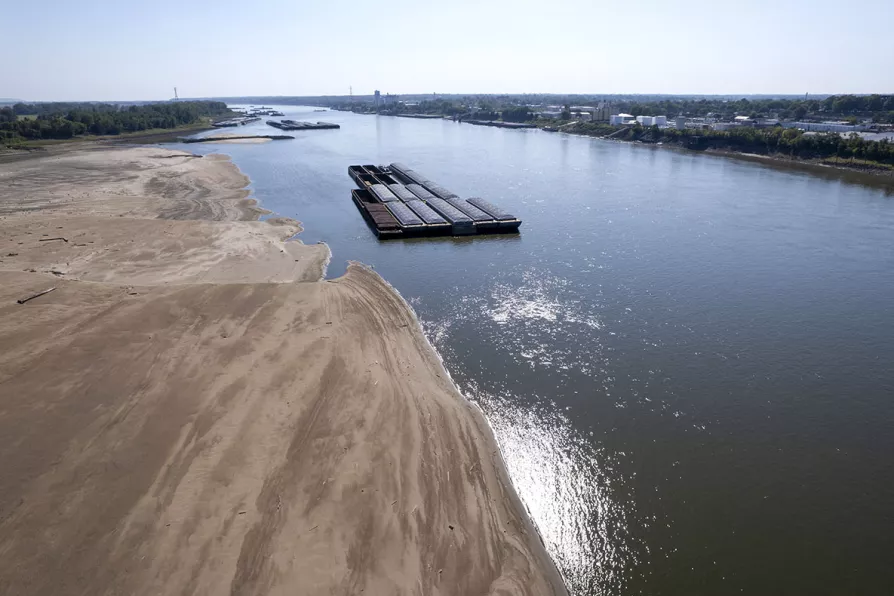Last year was the driest in decades for the world's rivers, says the UN

 Barges float in the Mississippi River as a portion of the riverbed is exposed, on September 15, 2023, in St Louis
Barges float in the Mississippi River as a portion of the riverbed is exposed, on September 15, 2023, in St Louis
LAST year was the driest in more than three decades for the world’s rivers, a United Nations weather agency has reported.
The World Meteorological Organisation (WMO) also said glaciers that feed rivers in many countries suffered the largest loss of mass in the last five decades, warning that melting ice can threaten long-term water security for millions of people globally.
Global temperatures last year were around 2.1° Fahrenheit (1.2° Celsius) above the average baseline period (1951-1980) used for the measurement by the US National Aeronautics and Space Administration — making it the hottest on record.
Similar stories

Governments must dramatically slash emissions and support the transition to a renewable future in 2025, UN says













